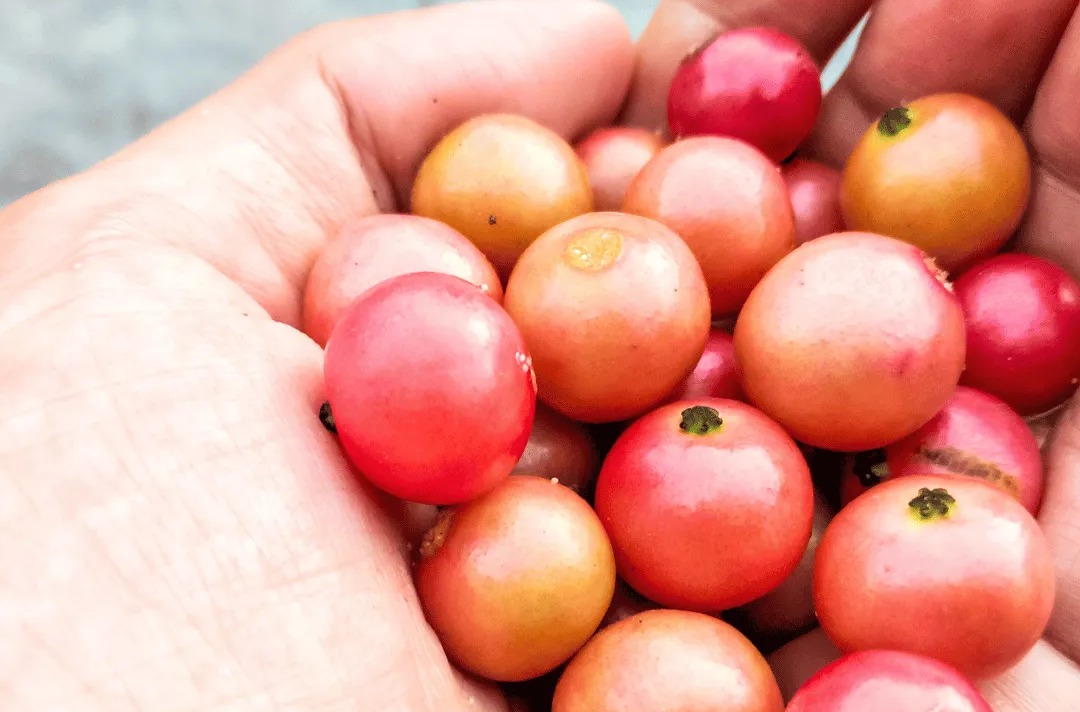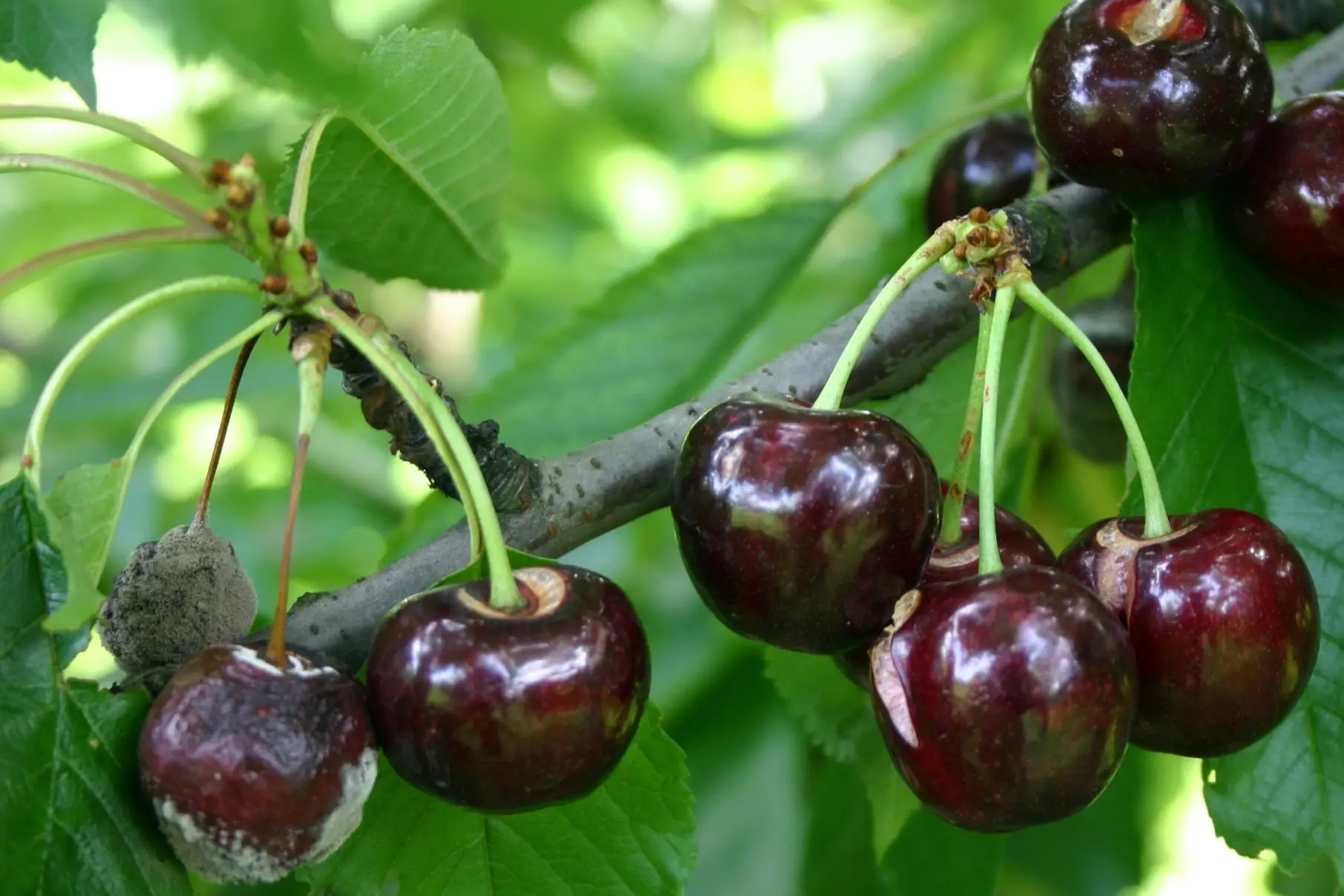When it was planted in the garden, we were told it was called Singapore cherry (Muntingia calabura) and it was useful for growing quickly. It would provide green volume and shade while the slower-growing plants matured. It seemed like a temporary tree, not worthy of being taken seriously.
Within two years, it was full-sized, with abundant leaves and soon, small flowers with white petals. The surprise was the small red fruits that followed, resembling little cherries. The tree produces almost continuously, but only a few ripen each day. We find them shaken by the wind on the ground below.
When I was told they were edible, I didn’t expect much. Many plants have edible fruits in the sense that they won’t poison us, but that doesn’t make them worth eating. The fruits tend to have bitter notes or tannic aftertastes that leave the mouth puckered.
Some, like wax apples or rose apples (Syzygium samarangense), have a pleasantly crunchy texture but little flavor. And then there are the sour fruits loved by Indian schoolchildren, like star gooseberries (Phyllanthus acidus) or bilimbi (Averrhoa bilimbi) which are refreshing on a hot summer day, eaten with salt and washed down with plenty of water, or made into pickles, but that’s all.
Plants with fruits truly worth eating have been bred by horticulturists into varieties cultivated for this purpose, like mango and chikoo trees which are now laden with abundant, large, sweet, and juicy fruits. Some are known for their goodness, like the delicious yellow fruits of the khirni (Manilkara hexandra), but the tree is so difficult or slow to grow that it’s hard to find many fruits for sale.
Can there really be a tree that is fast, easy to grow, and has truly delicious fruits, yet is still mostly overlooked?
The Singapore cherry is that tree. The fruits, once washed and tasted, were small but truly delicious, with a caramelized sugar flavor, which might be why one of this tree's names is "cotton candy tree." Sri Lankans call it the jam tree, which also suggests cooked sugar.
 Image 1.
Image 1.
Carl Muller titled the first book of his trilogy about the Burghers, the Eurasian community of Sri Lanka, The Jam Fruit Tree, as a metaphor for this resilient and vibrant community: "The tree that always bears fruit. And also never dies. Like the Stour Burgher women of the time: fertile, hardy, always in bloom, earthy. Like the men. Workers, hard drinkers, lusty as life itself."
The tree is native to Central America and the Caribbean and is spread by birds, which love its sweet fruits. It is more commonly called the Jamaican cherry, but the Singapore name might have been acquired in Asia because it is said that the island's government once planted them for fast-growing green cover (now vanished).
The Manila cherry is another name, because in the Philippines, it has been promoted as one of the few trees that survive amidst urban pressure and pollution.
Nigel Smith, in Amazon Fruits: An Ethnobotanical Journey, states that the fruits "are mainly a delight for children in Peruvian Amazonia." The horticultural database of Purdue University notes that in Brazil, the fruits are considered too small to be valuable, but they are planted along rivers so that "the abundance of flowers and fruits that fall into the water serve as bait, attracting fish for the benefit of fishermen."
Read the full article: Economic Times
Image: Lalit Enterprise
Cherry Times - All rights reserved











